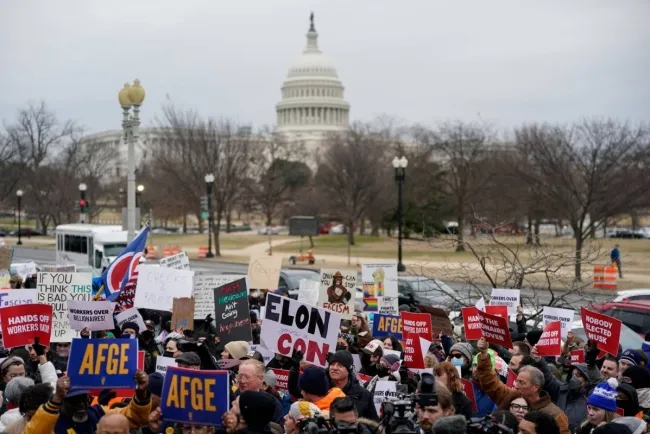Escalating Tensions: Home Demolitions and Displacement in the West Bank
Israeli forces are intensifying home demolitions in the West Bank amid a failing ceasefire in Gaza, raising concerns about the broader implications for Palestinian communities. What does this mean for the future of the region?
The situation in the West Bank is deteriorating as Israeli authorities continue to demolish homes, leaving many Palestinians displaced. This article explores the recent developments in home demolitions, the motivations behind these actions, and the impact on local communities.
Home Demolitions in the West Bank
Recent reports indicate a surge in home demolitions across the West Bank, particularly in areas like Bedwin village, where Israeli bulldozers have razed homes to the ground. Families are left devastated as they witness their childhood homes reduced to rubble. The Israeli military body responsible for administrative affairs in the occupied territories, known as COGAT, claims these demolitions are justified on the grounds that the buildings were constructed illegally within a closed firing zone.
However, many Palestinians argue that these actions are part of a broader strategy to displace them and expand Israeli settlements. Reports suggest that settlers in the Masafa Yata area are gradually establishing outposts, often with the implied support of the Israeli government, which has led to a lack of accountability for settler violence against Palestinians.
Governor's Concerns
The governor of Tulkarim has voiced alarm over the Israeli military's plans to demolish 116 homes in the Tulkarim and Nur Shams refugee camps. Residents recount the devastating impact of these demolitions, with entire families losing their homes in a matter of days. The Israeli military justifies these actions by labeling the camps as hubs of terrorist activity, further complicating the narrative surrounding the conflict.
The Prison-like Conditions
Residents of Sinjil describe the recent erection of a wire fence around their town as creating a prison-like environment, effectively isolating them from vital connections to neighboring cities. This fence restricts movement and access, compounding the issues faced by local Palestinians, who have already been subjected to ongoing military operations that have displaced approximately 40,000 individuals.
Historical Context of Displacement
The current wave of demolitions marks the largest displacement in the West Bank since the 1967 Six-Day War, a period that significantly altered the region's demographics. Many of those affected are descendants of Palestinians who were already displaced during previous conflicts, highlighting the cyclical nature of violence and displacement in the area.
Conclusion
As tensions continue to escalate both in Gaza and the West Bank, the plight of Palestinian families facing home demolitions and displacement raises urgent questions about the future of the region. The ongoing conflict not only impacts local communities but also poses challenges for international efforts to achieve lasting peace. With the situation deteriorating, the need for dialogue and intervention becomes increasingly critical to prevent further humanitarian crises.
Stay informed on the latest developments in the region by following our blog for ongoing coverage and analysis.
What's Your Reaction?
















